Email marketing is a powerful tool for businesses to communicate with their target audience, build relationships, and ultimately drive conversions. In this comprehensive guide, we will cover essential strategies and best practices for creating engaging email content that converts, from crafting the perfect subject line to implementing effective call-to-action buttons.
Introduction
Before we dive into specific tactics for creating engaging email content, it’s important to understand the significance of email marketing. With a return on investment (ROI) of around $42 for every $1 spent, email marketing outperforms most other digital marketing channels. To maximize your email marketing efforts, you’ll need to create content that is both engaging and tailored to your target audience.
Understanding Your Target Audience
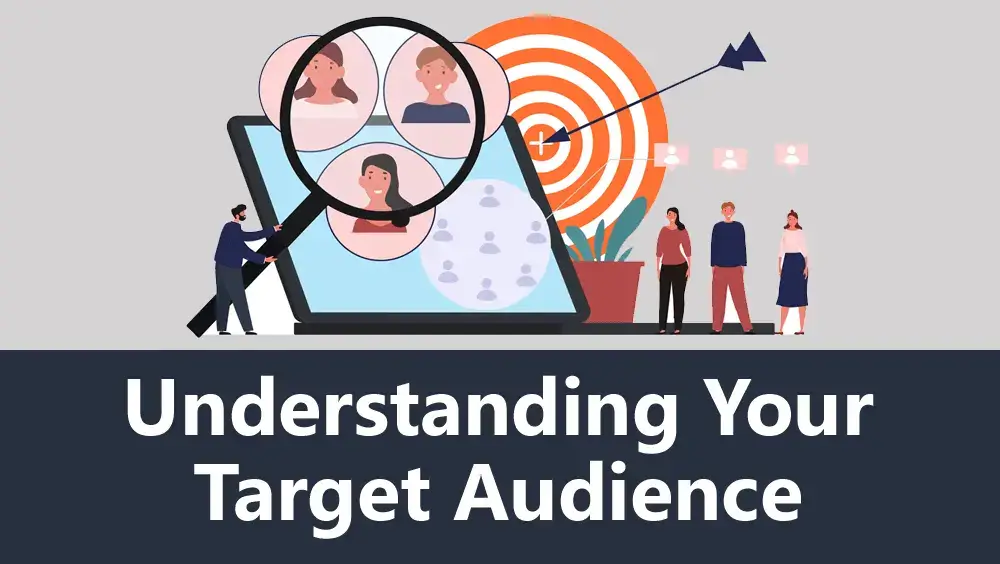
Defining your target audience
The first step in creating engaging email content is understanding who your target audience is. This means identifying the demographic, geographic, and psychographic characteristics of your ideal customers. By understanding your target audience, you can create content that resonates with them and addresses their specific needs and pain points.
Creating buyer personas
Buyer personas are fictional representations of your ideal customers. They include information like age, gender, location, job title, interests, and purchasing habits. By creating detailed buyer personas, you can develop targeted and personalized email content that appeals to your audience. For example, if you’re a fitness brand targeting busy professionals, you might create an email campaign offering time-saving workout tips or healthy meal ideas for on-the-go individuals.
Identifying pain points and needs
Understanding your target audience’s pain points and needs is crucial for creating relevant and engaging email content. Conduct surveys, interviews, or analyze customer data to identify common challenges your audience faces. By addressing these pain points in your email content, you’ll demonstrate empathy and show your subscribers that you understand their needs, making them more likely to engage with your brand.
Crafting the Perfect Subject Line
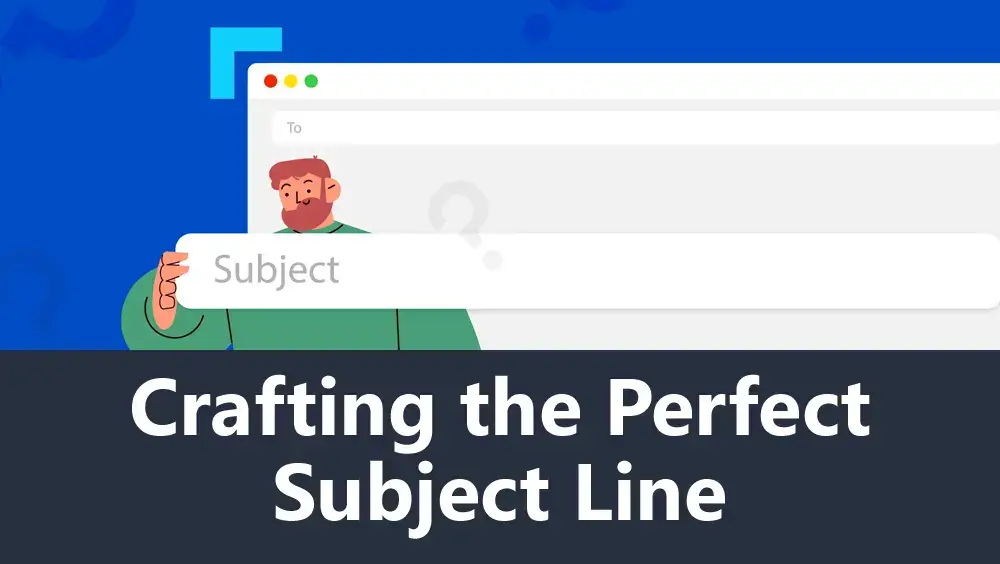
The role of the subject line
The subject line is the first thing your subscribers see when they receive your email, and it plays a crucial role in determining whether they open it or not. In fact, 47% of email recipients decide whether to open an email based on the subject line alone. Therefore, it’s essential to craft subject lines that are both compelling and relevant to your audience.
Personalization tactics
Personalization can significantly increase email open rates. One effective way to personalize subject lines is by using the recipient’s name. For example, “John, don’t miss our exclusive offer!” is more engaging than “Don’t miss our exclusive offer!” Additionally, you can use location-based personalization, such as “New York, we’re coming to your city!”
Use of emojis and power words
Emojis and power words can help make your subject lines stand out in a crowded inbox. Emojis add a touch of fun and help convey emotions, while power words elicit strong emotional responses. For example, using a subject line like “🚀 Boost your productivity with these 5 tips!” can capture attention and evoke curiosity.
Testing and optimizing subject lines
To determine which subject lines work best for your audience, it’s essential to conduct A/B testing. This involves sending two different subject lines to a small segment of your subscribers and measuring which one performs better. By continually testing and optimizing your subject lines, you’ll ensure that you’re using the most effective approach to engage your audience.
Preview Text: Your Secret Weapon
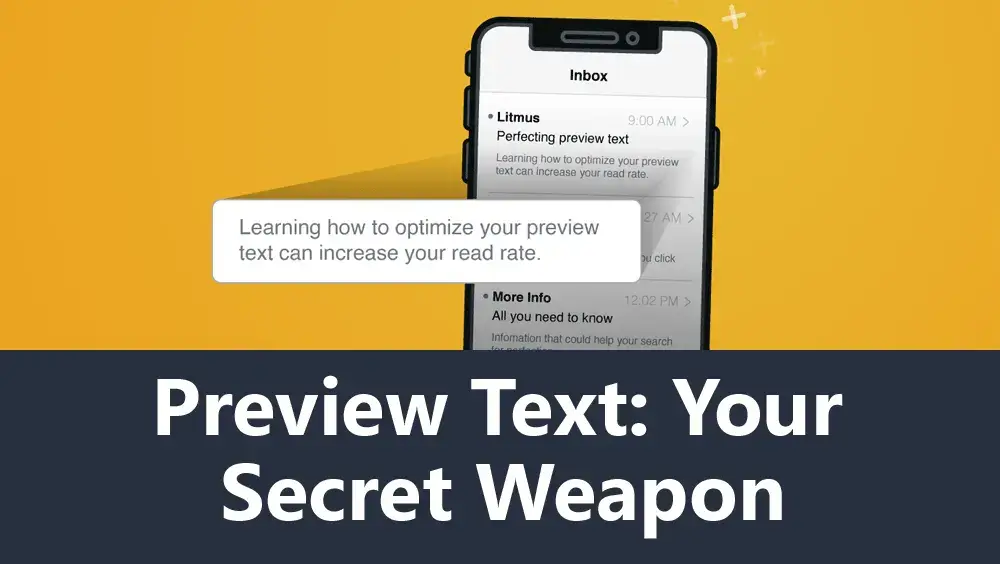
What is preview text and why it matters
Preview text, also known as preheader text, is the short snippet of text that appears next to or below the subject line in an email inbox. It provides additional context and a glimpse of what’s inside the email, helping subscribers
decide whether to open the email or not. Preview text can significantly impact open rates, making it a crucial element of your email marketing strategy.
Writing compelling preview text
To write compelling preview text, keep it concise, relevant, and engaging. Provide a brief summary or tease the main content of the email to pique the reader’s interest. For example, if your email offers a limited-time discount, your preview text could read, “Unlock your exclusive 30% discount – only 48 hours left!”
Length and formatting considerations
Preview text typically displays between 40 and 90 characters, depending on the email client and device. Aim to keep your preview text within this range to ensure it displays correctly. Additionally, avoid using all caps or excessive punctuation, as this can appear spammy and deter readers from opening your email.
Email Design and Layout
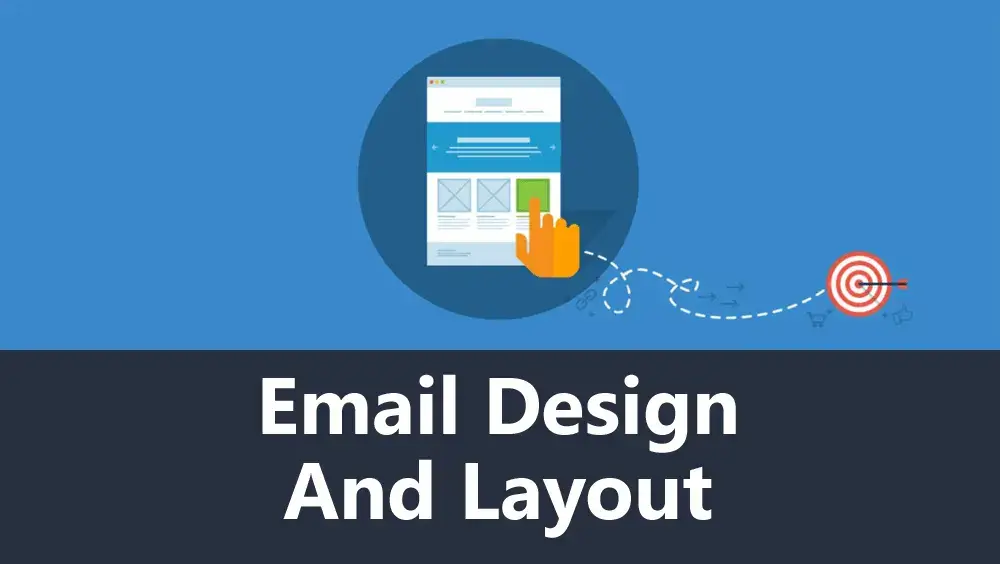
Responsive email design
With more people accessing their emails on mobile devices, it’s crucial to create responsive email designs that look great on any screen size. Use mobile-friendly templates and ensure that your text, images, and buttons are easily readable and clickable on smaller screens.
Visually appealing templates
A visually appealing email template can make your content more engaging and enjoyable for subscribers. Choose a clean and simple design that aligns with your brand’s aesthetic. Use white space effectively to make your content easy to read, and incorporate your brand’s logo and colors for consistency.
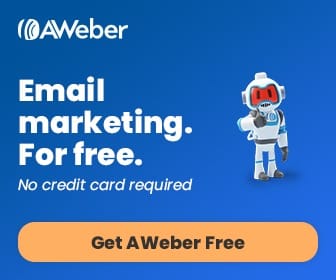
Use of images and videos
Visual elements like images and videos can help break up text and make your email content more engaging. However, use them sparingly and ensure they’re relevant to your content. Large images or videos can slow down email load times, so compress them to reduce file size without sacrificing quality.
Balancing text and visual elements
Striking the right balance between text and visual elements is crucial for creating engaging email content. Too much text can overwhelm subscribers, while too many images can distract from your message. Aim for a balance that enhances your message without detracting from it.
Writing Engaging Email Copy
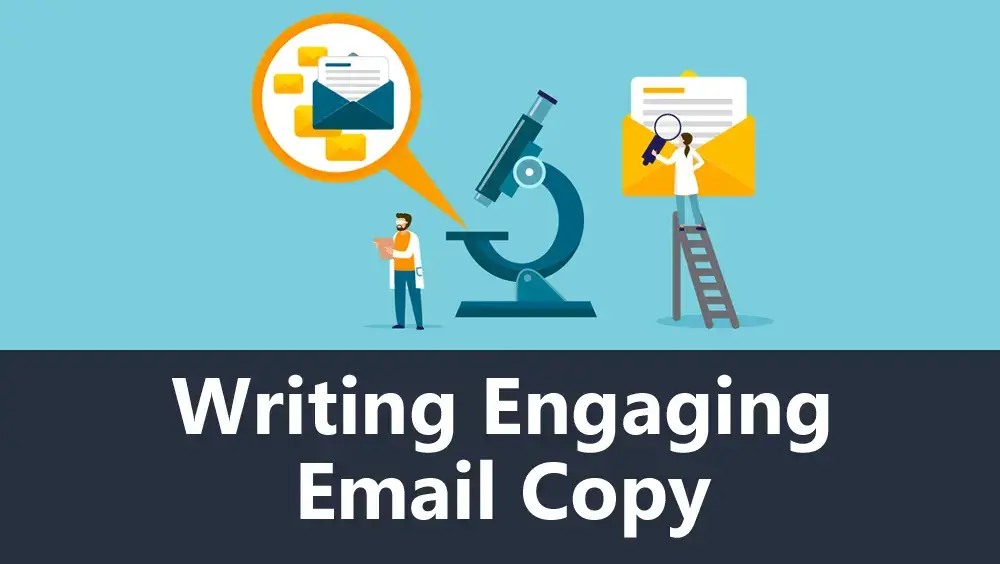
Storytelling techniques
Storytelling is a powerful way to connect with your audience and create engaging email content. Share customer success stories, company milestones, or behind-the-scenes insights to captivate your subscribers and encourage them to take action.
Conversational tone
A conversational tone helps make your email content more relatable and engaging. Write as if you’re speaking directly to your subscriber, using “you” and “your” to address them personally. Avoid jargon and industry-specific terms that may confuse or alienate your audience.
Using persuasive language
Persuasive language, such as power words and action verbs, can encourage subscribers to take action. For example, instead of writing “Our product can help you save time,” use persuasive language like, “Transform your daily routine and skyrocket your productivity with our time-saving solution!”
Breaking up long paragraphs
Large blocks of text can be overwhelming and difficult to read, especially on mobile devices. Break up long paragraphs into smaller chunks or use bullet points to make your content more digestible and visually appealing.
Personalization for Higher Engagement
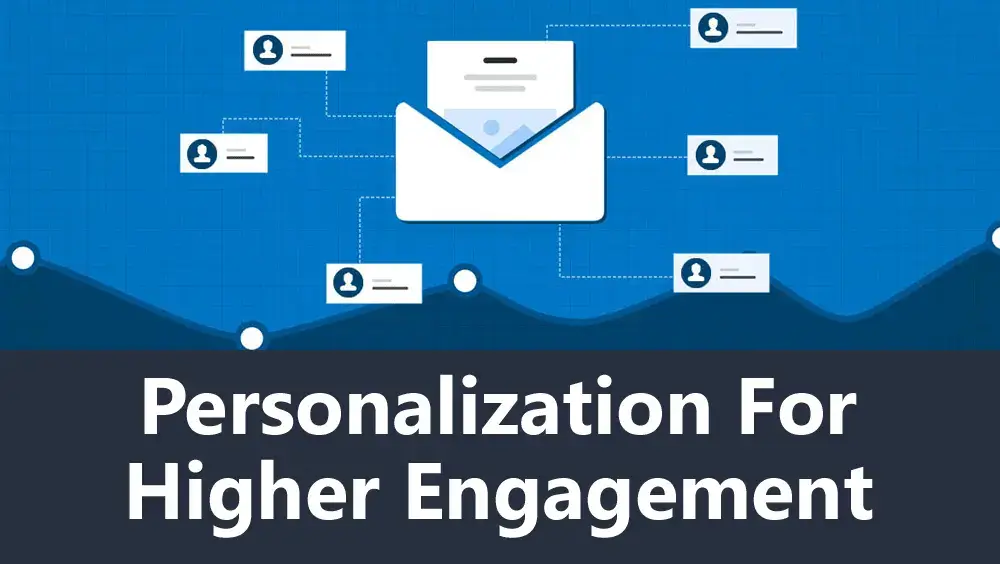
Using subscriber data
Leverage subscriber data, such as purchase history, browsing behavior, and preferences, to create highly personalized email content. For example, if you’re an online retailer, you can send personalized product recommendations based on a subscriber’s browsing history.
Dynamic content
Dynamic content allows you to display different content within the same email based on subscriber data. This enables you to create highly personalized email campaigns that cater to the individual needs and preferences of your subscribers, leading to higher engagement and conversions.
Segmenting your audience
Segmenting your email list based on factors such as demographics, interests, and behavior can help you deliver targeted and relevant
content to your subscribers. By sending tailored content to specific segments of your audience, you’re more likely to capture their attention and drive conversions. For instance, a clothing brand might segment their list based on gender and send targeted promotions for men’s and women’s clothing.
Call to Action (CTA)
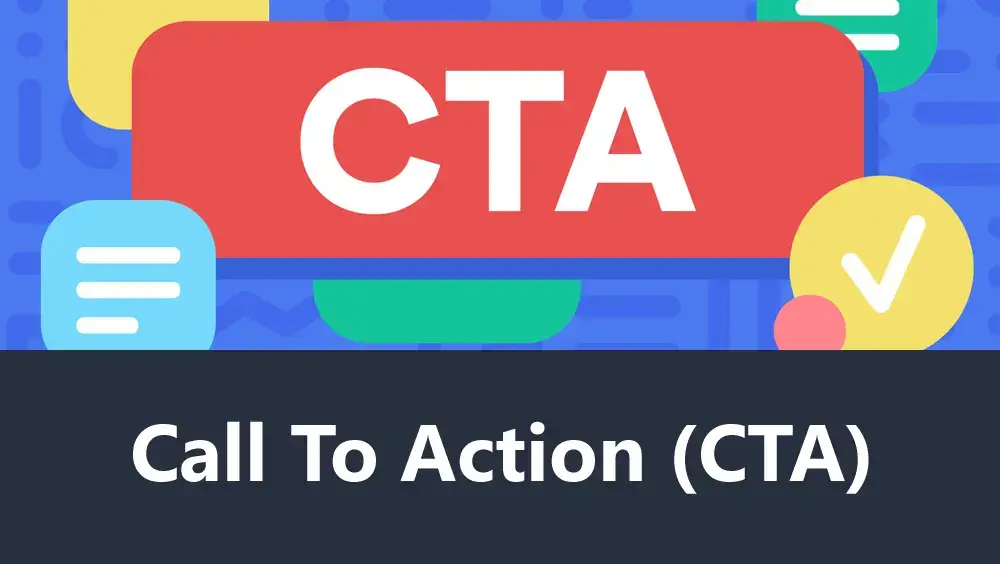
Importance of a clear CTA
A clear and compelling call to action (CTA) is essential for driving conversions in your email campaigns. The CTA tells your subscribers exactly what you want them to do, whether it’s making a purchase, signing up for a webinar, or downloading a resource.
Designing an effective CTA button
An effective CTA button should be visually distinct, easy to locate, and include persuasive text. Use contrasting colors and a larger font size to make your CTA button stand out from the rest of your email content. Include action-oriented text, such as “Shop Now” or “Download Your Free Guide,” to encourage subscribers to click.
Placement and frequency
The placement and frequency of your CTA can impact its effectiveness. Ensure your CTA is prominently placed above the fold (the portion of the email visible without scrolling) and repeat it at least once further down in the email. This increases the likelihood that subscribers will take action, especially if they’re reading your email on a mobile device.
Creating a Sense of Urgency
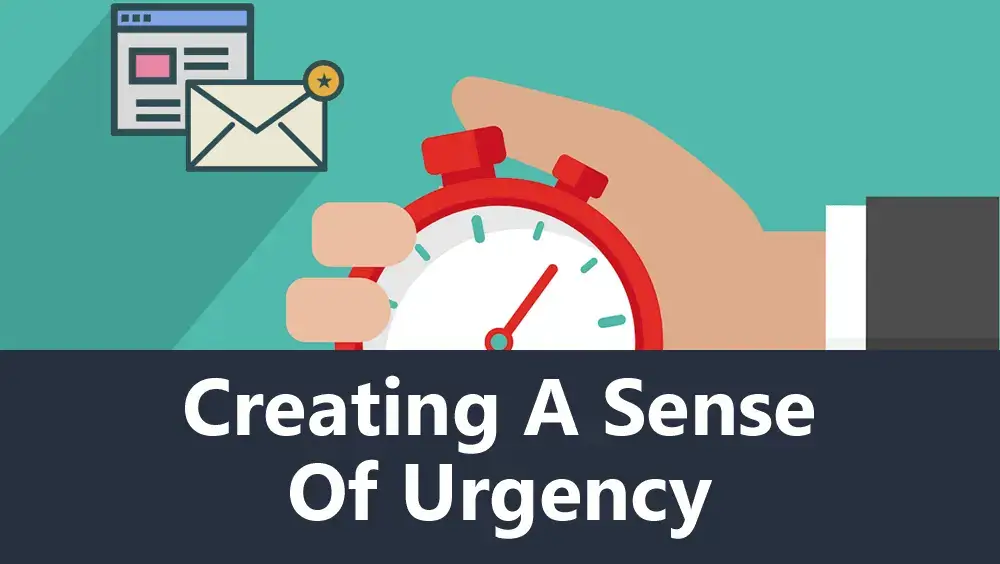
Limited-time offers
Limited-time offers create a sense of urgency that can encourage subscribers to act quickly. Offer exclusive discounts, free shipping, or bonus gifts that are only available for a short period of time. Communicate the deadline clearly in your email content and subject line to emphasize the urgency.
Countdown timers
Including a countdown timer in your email can visually convey the urgency of a limited-time offer. The ticking clock serves as a constant reminder that time is running out, prompting subscribers to take action before it’s too late.
Fear of missing out (FOMO)
FOMO is a powerful psychological trigger that can drive subscribers to take action. Highlight the potential consequences of not taking advantage of your offer, such as missing out on a great deal or an exclusive event. This can create a sense of urgency and encourage subscribers to act quickly.
Including Social Proof
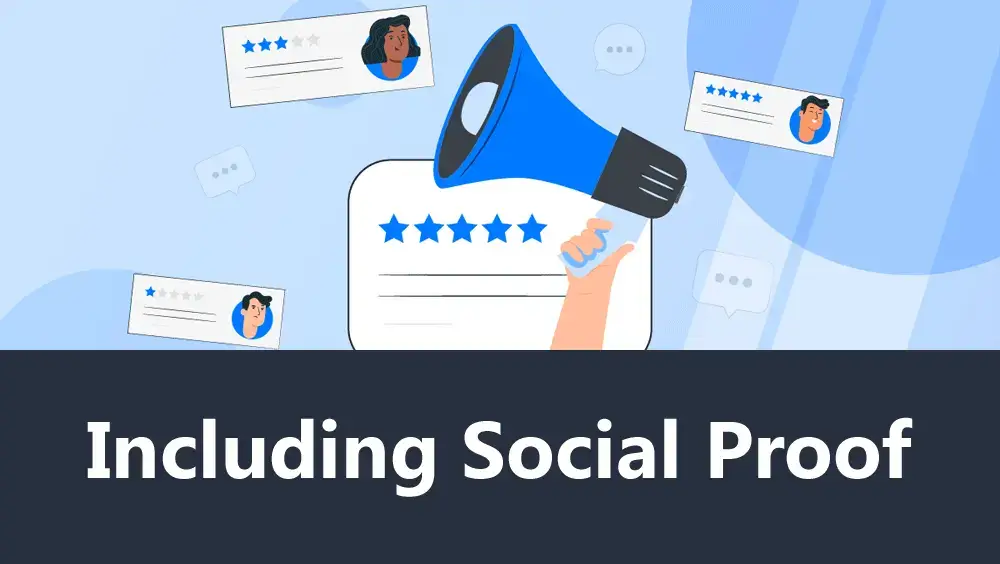
Testimonials and case studies
Incorporating testimonials and case studies from satisfied customers can boost your credibility and encourage subscribers to trust your brand. Share quotes or stories from customers who have experienced success with your product or service, and include their name, photo, and/or company for added authenticity.
Influencer endorsements
Influencer endorsements can help build trust and credibility for your brand, especially if the influencer is well-known and respected in your industry. Reach out to influencers who align with your brand values and ask them to share their experience with your product or service in your email campaigns.
User-generated content
User-generated content (UGC), such as social media posts or customer reviews, can provide social proof and enhance your email content. Share photos, videos, or quotes from customers who have enjoyed your product or service to showcase real-life examples of your offering in action.
Email Automation and Drip Campaigns
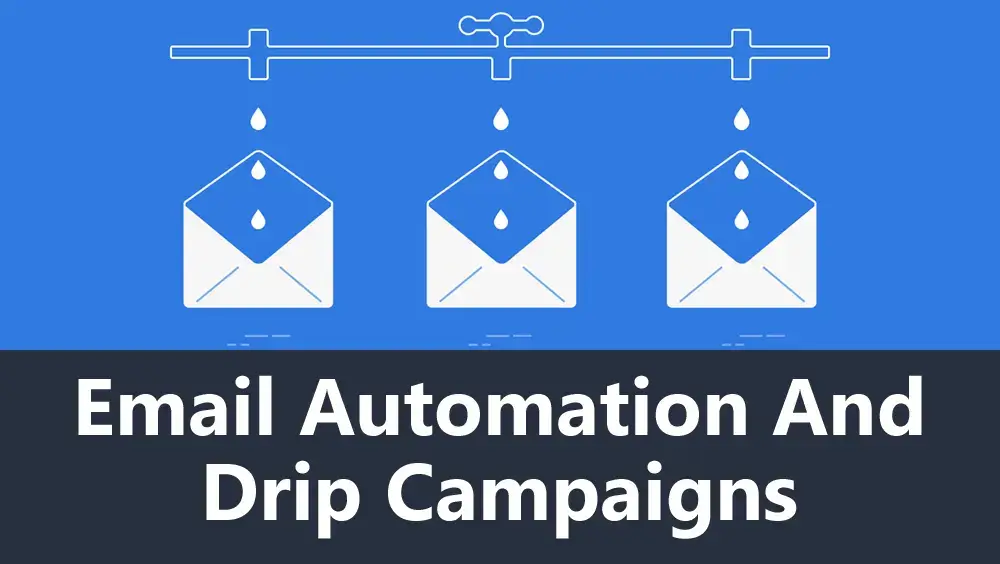
Welcome email series
A welcome email series is an automated sequence of emails sent to new subscribers over a period of time. It’s an excellent opportunity to introduce your brand, share valuable content, and nurture new subscribers toward conversion. Set up a series of 3-5 emails that educate, engage, and ultimately drive subscribers to take action.
Abandoned cart emails
Abandoned cart emails are triggered when a customer adds items to their online shopping cart but doesn’t complete the purchase. These emails serve as a reminder of the abandoned items and can include incentives, such as a discount or free shipping, to encourage the customer to complete
the purchase. Set up a series of 2-3 emails, with the first email sent within a few hours of cart abandonment and subsequent emails sent at strategic intervals.
Re-engagement campaigns
Re-engagement campaigns target subscribers who haven’t interacted with your emails for an extended period. These campaigns aim to reignite their interest in your brand by offering exclusive deals, sharing valuable content, or requesting feedback. Set up a series of 2-3 emails, and if a subscriber still doesn’t engage, consider removing them from your list to maintain email deliverability rates.
A/B Testing for Email Optimization
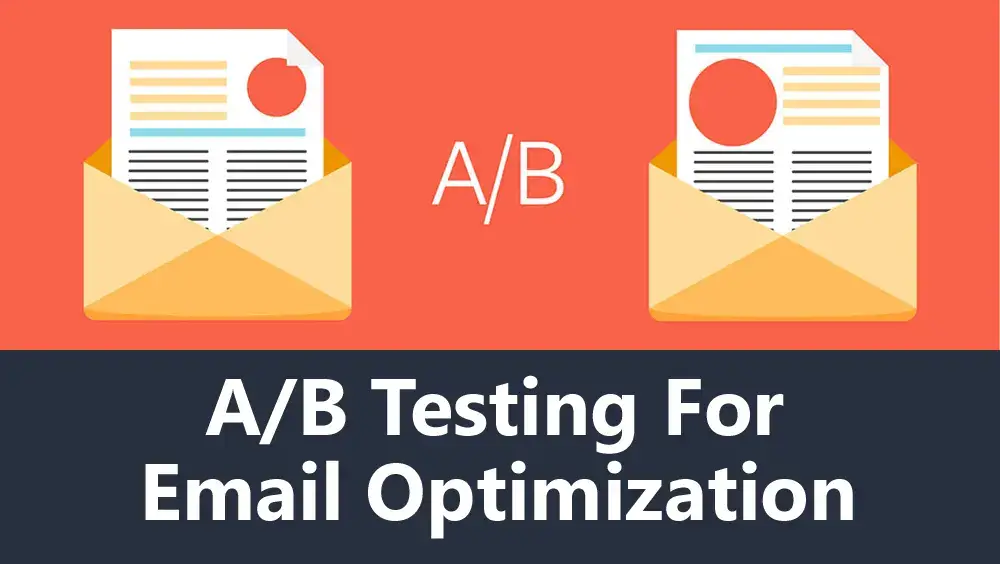
Elements to test
To optimize your email campaigns, it’s essential to conduct A/B testing on various elements, such as subject lines, preview text, email design, copy, and CTAs. By testing different versions of these elements, you can determine which combinations resonate best with your audience and drive the highest engagement and conversions.
Setting up and analyzing tests
When setting up A/B tests, ensure that you’re testing only one element at a time to accurately measure its impact. Divide your subscribers into two equal groups, and send each group a different version of the email. Analyze the results by comparing open rates, click-through rates, and conversion rates to identify the winning variation.
Continuous optimization
A/B testing should be an ongoing process in your email marketing strategy. Continuously test and optimize your campaigns to ensure you’re always delivering the most engaging and effective content to your subscribers.
Measuring Email Marketing Success
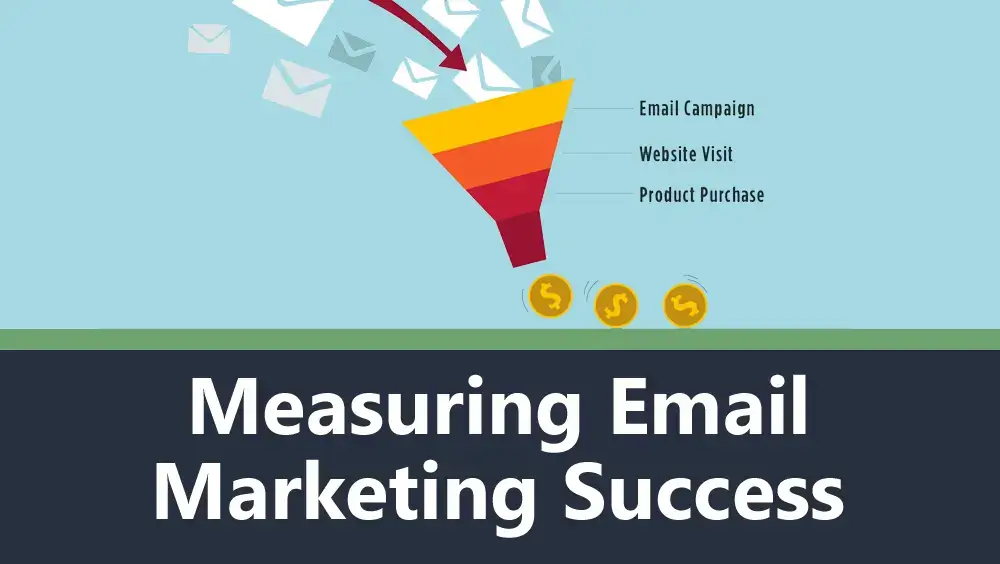
Key performance indicators (KPIs)
To assess the success of your email campaigns, track key performance indicators (KPIs) such as open rates, click-through rates, conversion rates, and ROI. These metrics provide valuable insights into the effectiveness of your email content, design, and strategy.
Analyzing and interpreting data
Regularly review your email marketing data to identify trends and patterns. Compare the performance of different campaigns, segments, and timeframes to gain insights into what works best for your audience. Use this information to inform future campaigns and continually improve your email marketing efforts.
Making data-driven decisions
By measuring and analyzing your email marketing KPIs, you can make data-driven decisions to optimize your campaigns. Implement changes based on your findings and continue to test and refine your strategy to maximize engagement and conversions.
Creating engaging email content that converts is a critical component of a successful email marketing strategy. By understanding your target audience, crafting compelling subject lines, designing visually appealing emails, writing persuasive copy, and personalizing your content, you can significantly increase engagement and drive conversions. Continuously test, optimize, and measure your campaigns to ensure you’re always delivering valuable and relevant content to your subscribers.
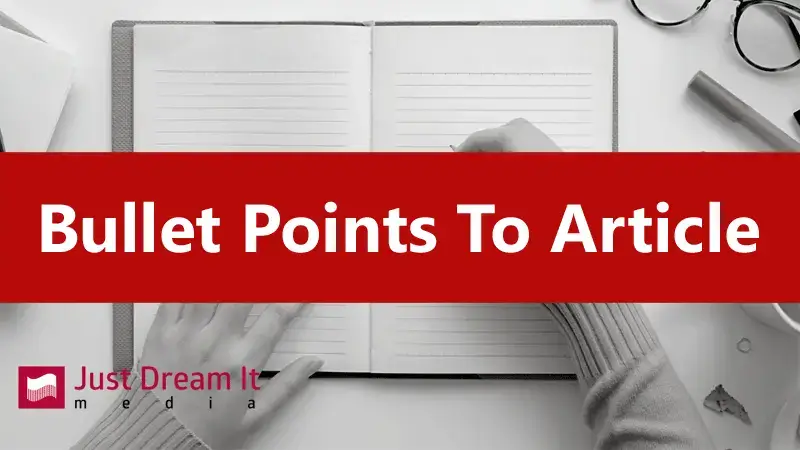
Here are the main points to the article above
1. Understanding Your Target Audience: Define your target audience by identifying their demographic, geographic, and psychographic characteristics. Create buyer personas and understand their pain points and needs to create relevant and engaging email content.
2. Crafting the Perfect Subject Line: Write compelling and relevant subject lines that encourage subscribers to open your emails. Use personalization, emojis, power words, and test different subject lines through A/B testing to optimize engagement.
3. Preview Text: Create engaging preview text by keeping it concise and relevant. Ensure the length and formatting are optimized for different email clients and devices.
4. Email Design and Layout: Design responsive and visually appealing email templates that work well on various devices. Use images and videos to enhance your content but strike the right balance between text and visual elements.
5. Writing Engaging Email Copy: Use storytelling techniques, a conversational tone, persuasive language, and break up long paragraphs to create engaging and easy-to-read email copy.
6. Personalization for Higher Engagement: Utilize subscriber data and dynamic content to create personalized email campaigns. Segment your audience to deliver targeted and relevant content.
7. Call to Action (CTA): Design clear and compelling CTA buttons that encourage subscribers to take action. Ensure the placement and frequency of the CTA are optimized for maximum effectiveness.
8. Creating a Sense of Urgency: Use limited-time offers, countdown timers, and FOMO to create a sense of urgency that encourages subscribers to take action quickly.
9. Including Social Proof: Incorporate testimonials, case studies, influencer endorsements, and user-generated content to build credibility and trust in your brand.
10. Email Automation and Drip Campaigns: Set up automated email sequences for welcome emails, abandoned cart reminders, and re-engagement campaigns to nurture subscribers and drive conversions.
11. A/B Testing for Email Optimization: Test various email elements, such as subject lines, design, copy, and CTAs, to determine the most effective combinations for your audience. Continuously optimize your campaigns based on your findings.
12. Measuring Email Marketing Success: Track KPIs, such as open rates, click-through rates, conversion rates, and ROI, to assess the success of your email campaigns. Analyze data and make data-driven decisions to optimize your email marketing strategy.
13. FAQs: Address common questions related to email frequency, optimal sending times, growing an email list, and preventing emails from going to spam to help readers better understand email marketing best practices.
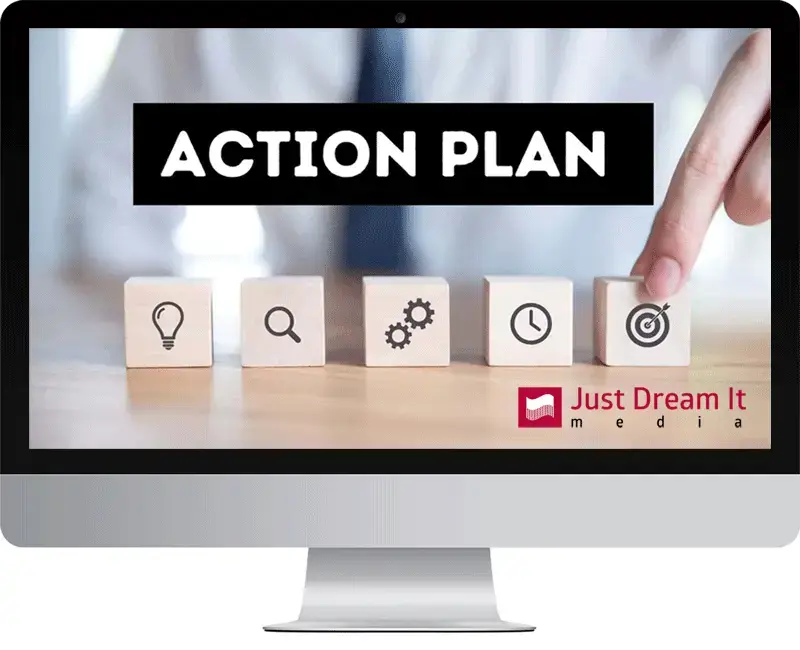
Action Plan: Creating Engaging Email Content that Converts
1. Define your target audience: Start by identifying the characteristics of your ideal subscribers, such as demographics, geographic location, and interests. Create buyer personas to better understand their needs and pain points.
2. Develop email content strategy: Based on your target audience and their preferences, outline a content strategy that focuses on providing valuable and engaging information, promotions, and resources.
3. Craft compelling subject lines: Experiment with different subject line techniques, such as personalization, emojis, and power words. Use A/B testing to determine which subject lines perform best.
4. Optimize preview text: Write concise and engaging preview text that summarizes or teases the main content of your email. Ensure it displays correctly across different email clients and devices.
5. Design responsive emails: Create visually appealing email templates that look great on any screen size. Make sure your text, images, and buttons are easily readable and clickable on smaller screens.
6. Write engaging copy: Use storytelling, conversational tone, persuasive language, and break up long paragraphs to make your email content more engaging and enjoyable for subscribers.
7. Personalize your emails: Leverage subscriber data and dynamic content to create highly personalized email campaigns. Segment your audience to deliver targeted and relevant content.
8. Design clear CTAs: Create visually distinct and persuasive call-to-action buttons that encourage subscribers to take the desired action. Optimize CTA placement and frequency for maximum effectiveness.
9. Create a sense of urgency: Use limited-time offers, countdown timers, and FOMO techniques to encourage subscribers to take action quickly.
10. Include social proof: Incorporate testimonials, case studies, influencer endorsements, and user-generated content to build credibility and trust in your brand.
11. Set up email automation: Implement automated email sequences for welcome emails, abandoned cart reminders, and re-engagement campaigns to nurture subscribers and drive conversions.
12. Conduct A/B testing: Regularly test various email elements, such as subject lines, design, copy, and CTAs, to optimize your campaigns based on your audience’s preferences.
13. Measure and analyze success: Track key performance indicators (KPIs) to assess the success of your email campaigns. Analyze data, identify trends, and make data-driven decisions to continuously improve your email marketing efforts.
14. Review and adjust: Regularly review your email marketing strategy and make adjustments based on your findings. Continuously refine your approach to maximize engagement and conversions.
15. Grow your email list: Implement various list-building tactics, such as offering valuable lead magnets, exclusive content, or discounts to encourage people to subscribe. Promote your sign-up form on your website, social media channels, and other marketing materials.
16. Ensure email deliverability: Follow email deliverability best practices, such as using a reputable email service provider, authenticating your domain, maintaining a clean email list, and avoiding spam triggers in your content and subject lines.
17. Monitor email frequency: Track your open rates, click-through rates, and unsubscribe rates to determine the ideal email sending frequency for your audience. Adjust your email schedule as needed to maintain high engagement and avoid overwhelming subscribers.
18. Test sending times: Experiment with different email sending times to identify when your subscribers are most likely to open and engage with your emails. Optimize your sending schedule based on your findings.
19. Evaluate and update email content: Regularly review your email content to ensure it remains relevant, engaging, and valuable to your subscribers. Update or retire outdated content and continue to develop new content that addresses your audience’s needs and interests.
20. Stay informed on email marketing trends: Keep up-to-date with the latest email marketing trends, techniques, and best practices. Incorporate new ideas and approaches into your strategy to stay ahead of the competition and keep your subscribers engaged.
By following this action plan, you can create engaging email content that drives conversions and nurtures lasting relationships with your subscribers. Continuously review, analyze, and optimize your email marketing strategy to ensure you are always delivering valuable and relevant content that resonates with your audience.

As a beginner in email marketing, you might have some questions about creating engaging content that converts. Here are 10 great frequently asked questions with answers:
1. What type of content should I include in my emails?
Answer: Include a mix of valuable and relevant information, promotional offers, and engaging resources tailored to your audience’s interests and needs. Focus on providing content that educates, entertains, or solves problems for your subscribers.
2. How can I make my emails visually appealing
Answer: Use a clean, responsive design with a clear layout, easily readable fonts, and a balanced mix of text and visual elements. Incorporate images, videos, and infographics to enhance your content and keep readers engaged.
3. How do I personalize my emails
Answer: Use subscriber data, such as names, preferences, or past behavior, to tailor your email content. Segment your audience into smaller groups based on shared characteristics and send targeted campaigns to each group.
4. How often should I send emails to my subscribers?
Answer: The ideal email frequency varies depending on your audience, industry, and content. Monitor your open rates, click-through rates, and unsubscribe rates to determine the best sending frequency for your subscribers.
5. What is the best time to send emails?
Answer: The optimal time to send emails depends on your audience’s habits and preferences. Test different sending times and analyze engagement metrics to determine when your subscribers are most likely to open and interact with your emails.
6. How do I grow my email list?
Answer: Offer valuable incentives, such as lead magnets, exclusive content, or discounts, to encourage people to subscribe. Promote your sign-up form on your website, social media channels, and other marketing materials.
7. What should I test with A/B testing?
Answer: Test various email elements, such as subject lines, preview text, design, copy, and CTAs, to determine the most effective combinations for your audience. Continuously optimize your campaigns based on your findings.
8. How do I measure the success of my email campaigns?
Answer: Track key performance indicators (KPIs), such as open rates, click-through rates, conversion rates, and ROI, to assess the effectiveness of your email campaigns. Analyze data to make data-driven decisions and optimize your email marketing strategy.
9. How do I prevent my emails from going to spam?
Answer: To improve email deliverability, use a reputable email service provider, authenticate your domain, maintain a clean email list, and avoid spam triggers in your content and subject lines.
10. How can I improve my email click-through rates?
Answer: To boost click-through rates, create engaging content, use clear and persuasive CTAs, personalize your emails, and optimize email design for readability and user experience. Continuously test and refine your approach based on your audience’s preferences and engagement metrics.
Conclusion
In summary, creating engaging email content that converts is an essential component of a successful email marketing strategy. By understanding your target audience, crafting compelling subject lines, optimizing preview text, designing visually appealing emails, writing engaging copy, and personalizing your content, you can significantly increase engagement and drive conversions.
Implement email automation and drip campaigns to nurture subscribers and encourage them to take action. Continuously test, optimize, and measure your campaigns’ performance using key performance indicators (KPIs) to ensure you’re always delivering valuable and relevant content to your subscribers.
As a conclusion, it’s crucial to take action based on the insights provided in this article. Start by defining your target audience, developing a content strategy tailored to their needs, and optimizing every aspect of your email campaigns. Remember to track, analyze, and refine your approach regularly to maximize engagement and conversions. By following these best practices, you’ll be well on your way to creating email content that not only engages your subscribers but also drives tangible results for your business.

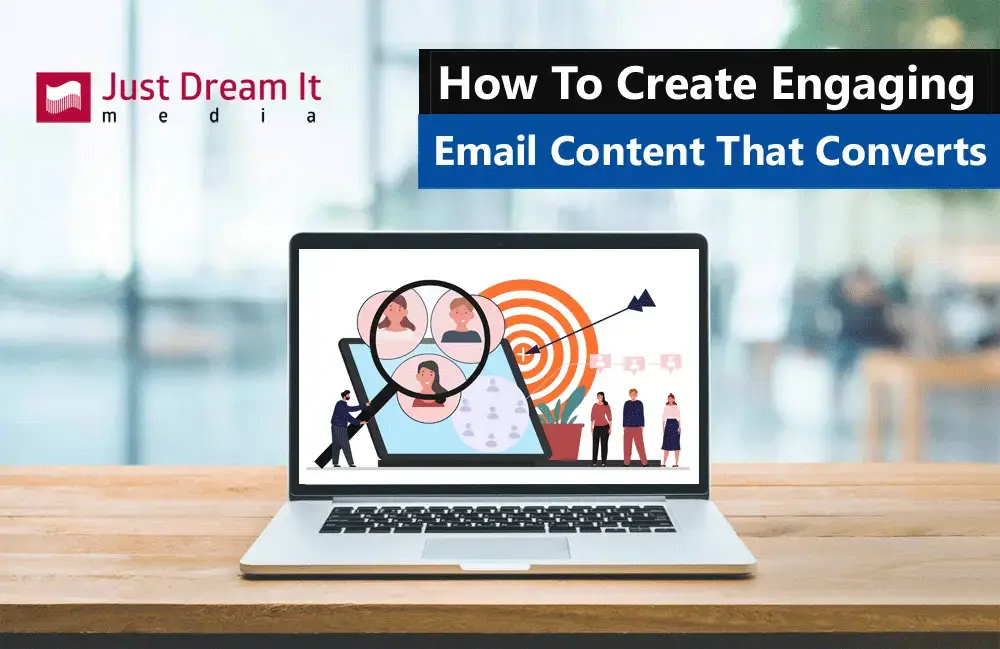
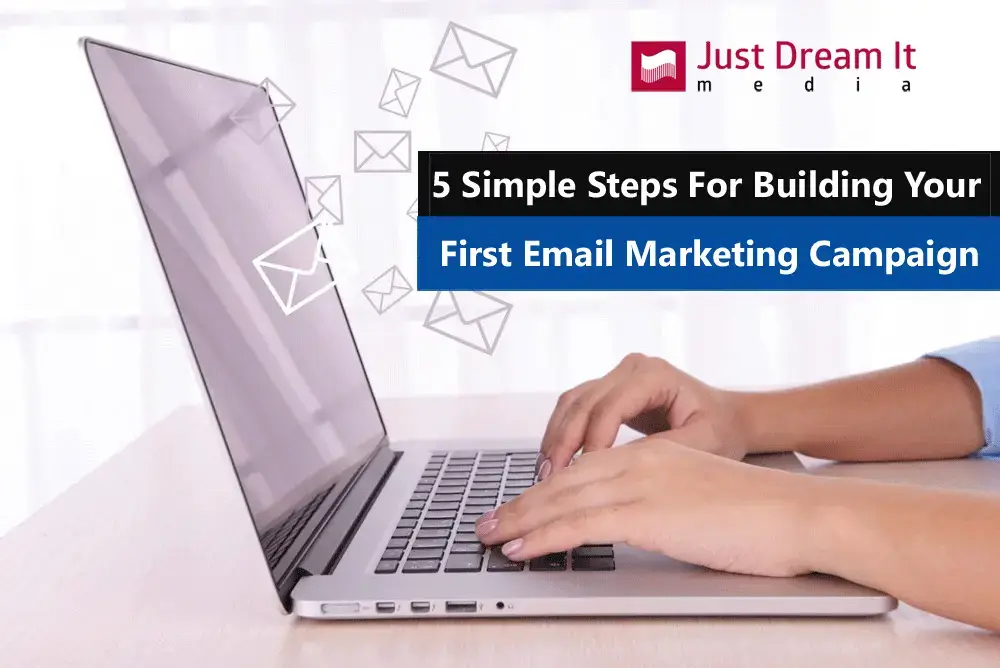
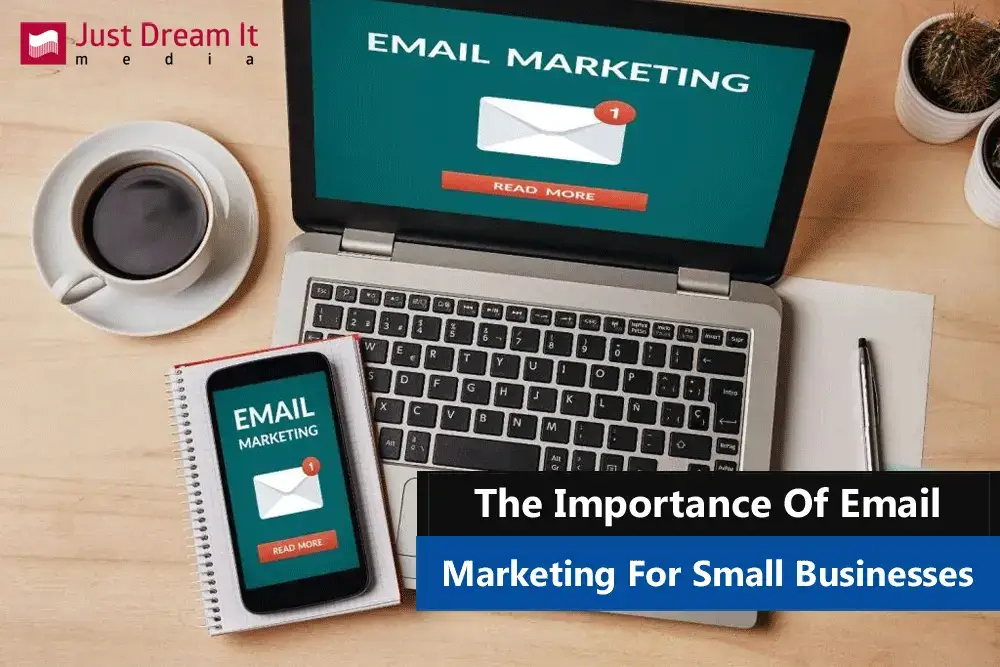
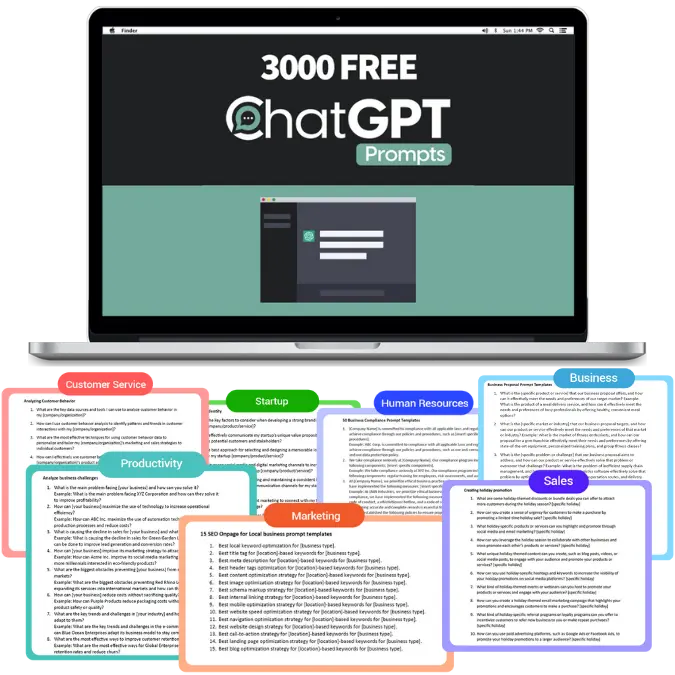
Comments are closed.